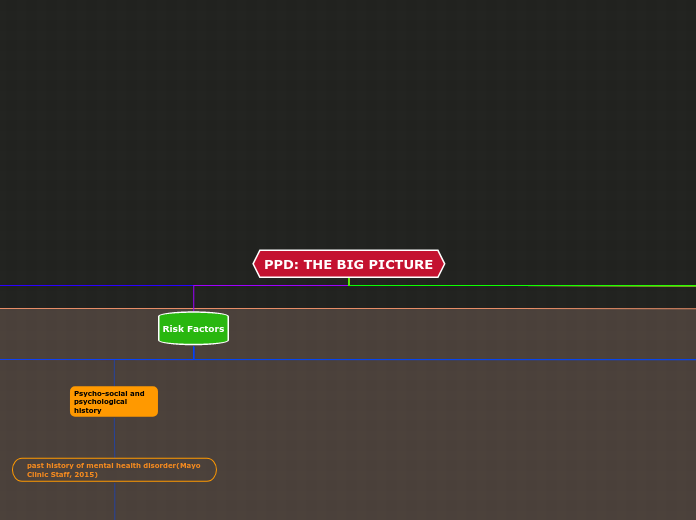jonka Neelam Bhorut 4 vuotta sitten
214
PPD: THE BIG PICTURE

jonka Neelam Bhorut 4 vuotta sitten
214

Lisää tämän kaltaisia
Senses send messages through receptor cells to our brain, using our nervous system.
How we taste:
Tongues also have chemical sensors to give a sense of taste.
List a thing you can taste.
Example: cake, chocolate, pizza
Add a describing word for that thing.
You can choose from the examples below:
How we smell:
Our noses have sensors that detect chemicals that make up a smell.
List a thing you can smell.
Example: laundry detergent on clothes, perfume, food from the restaurant
Add a describing word for that thing.
You can choose from the examples below:
How we hear:
Our ears have sound sensors in the inner ears.
They also have sensors that work on keeping you balanced and aware of where you are in your environment.
List a thing you can hear.
Example: clock ticking, birds chirping
Add a describing word for that thing.
You can choose from the examples below:
How we see:
Our eyes translate light into image signals so the brain can process them.
List a thing you can see.
Example: sunset, picture
Add a describing word for that thing.
You can choose from the examples below:
How we feel:
The receptors from our skin send touch signals to the brain.
emotional problems in girls and boys can be a factor in an newborn’s potential future development of mental health disorders such as schizophrenia and severe depression
infant temperamental problems and fussiness
ncreased risk for miscarriage
Smaller birth weight,
Past History indicate higher levels of psychiatric symptoms amongppd women
Disorders
Subtopic
depressive symptomology
Zelkowitz and Milet’s (1996) findings that when a woman experiences psychiatric symptoms postpartum, her partner is more likely to experience similar symptoms postpartum
lesbian birth mothers/co-mothers
anxiety experienced postpartum
Weinberg and colleagues (2001) - more negative and less positive affect with higher depressive symptoms, higher anxiety levels, and greater psychiatric symptoms
prenatal anxiety
symptoms can be an indicator of potential infant attachment.
ecognized as feelings of guilt, feelings of chronic anxiety, a lack of energy, persistent crying, isolation, and worries about the relationship (PANDAS Foundation, 2014).
Anxiety before birth,
major depressive disorder
heightened psychiatric symptoms, higher levels of depressive symptomatology, and greater anxiety is observed (Weinberg et al., 2001).
(Stein and colleagues (2012)) mothers who have a past history of major depressive disorder prior to giving birth responded less to their child’s vocalization (cries, coos, etc.)
indicating less satisfaction with parenthood and more concerned about changes in intimacy with their spouses.
less satisfaction in marriages, increased worry about family responsibilities, and greater dissatisfaction in changes in household routines, recreation, and intimacy with their partners
satisfaction, interactions, and behaviors between spouses and domestic partners (Fast Track Project, 2011)
Spanier Dyadic Adjustment Scale (1976)- relationship adjustment was lower/depressive and anxiety symptoms tended to be higher
List a thing you can feel.
Example: sand, a fine silk coat, a fluffy teddy bear
Add a describing word for that thing.
You can choose from the examples below: